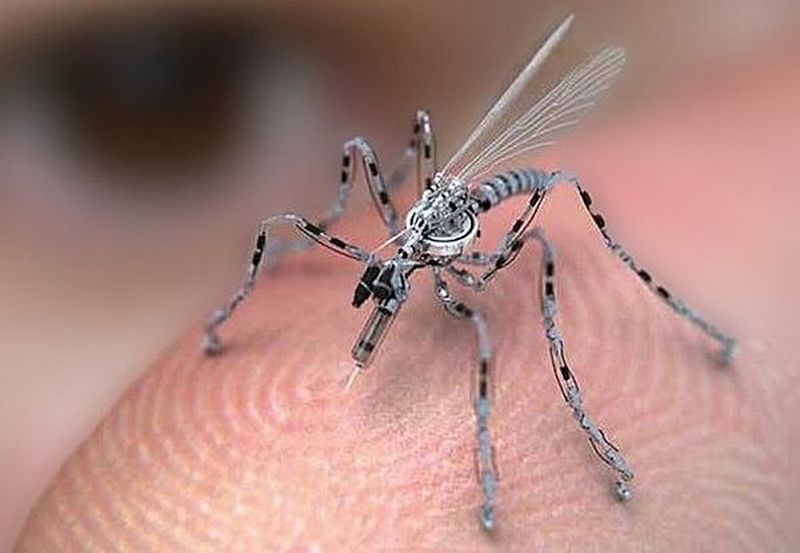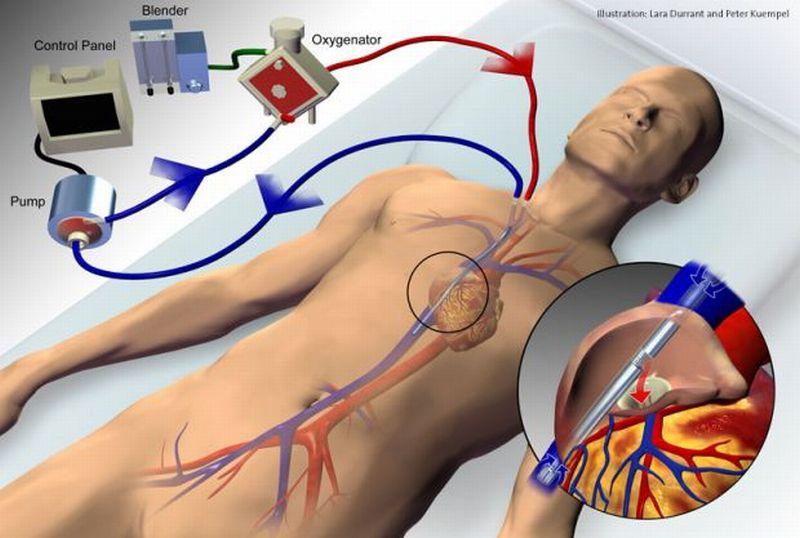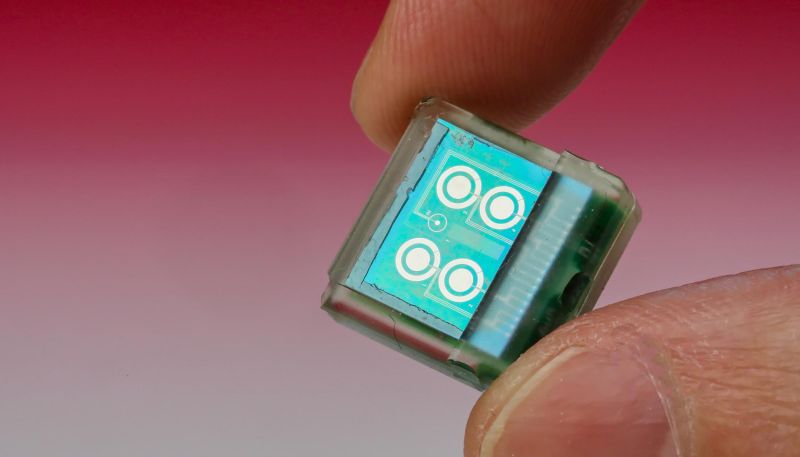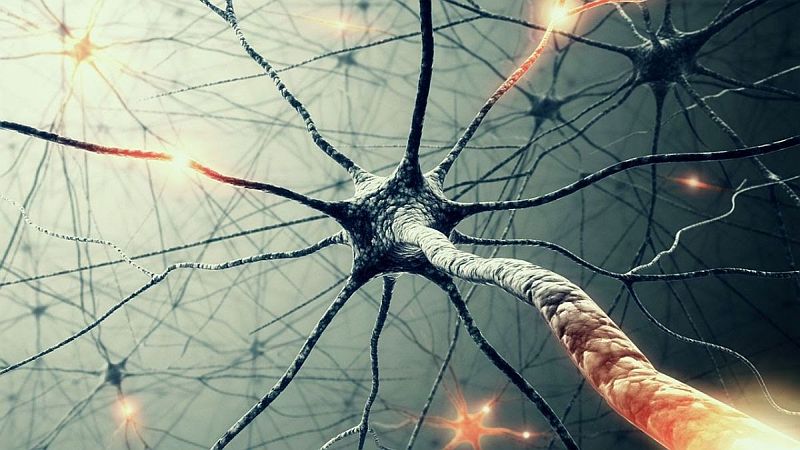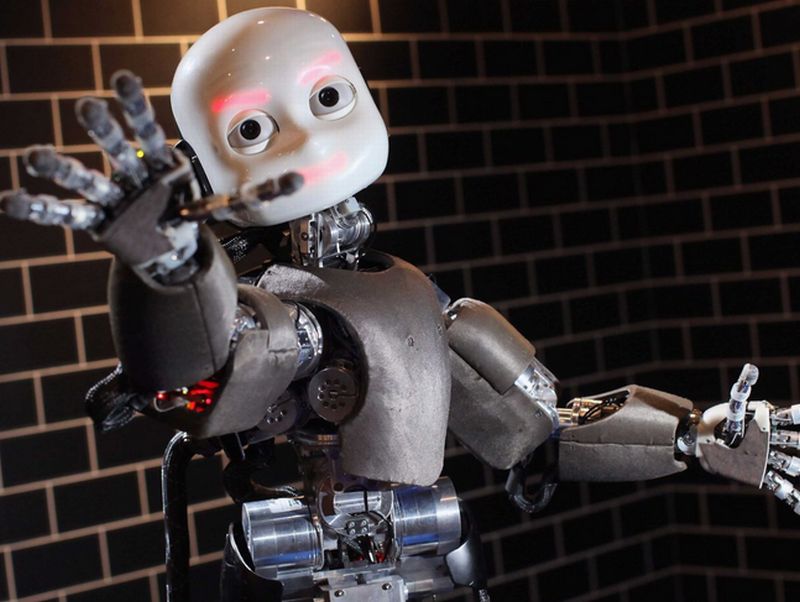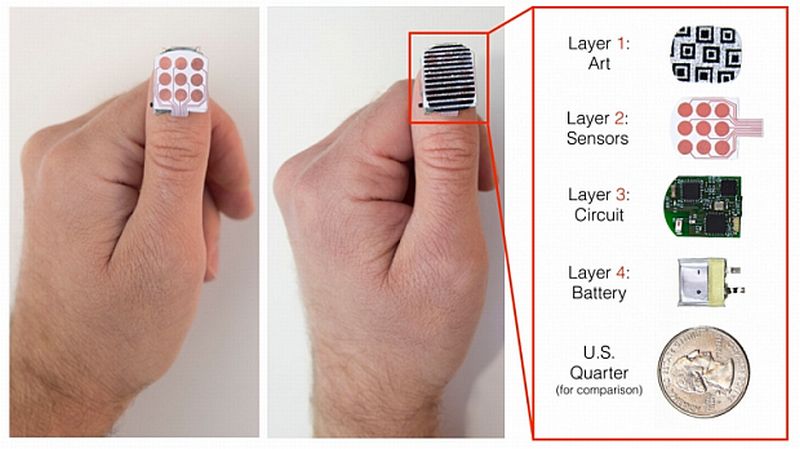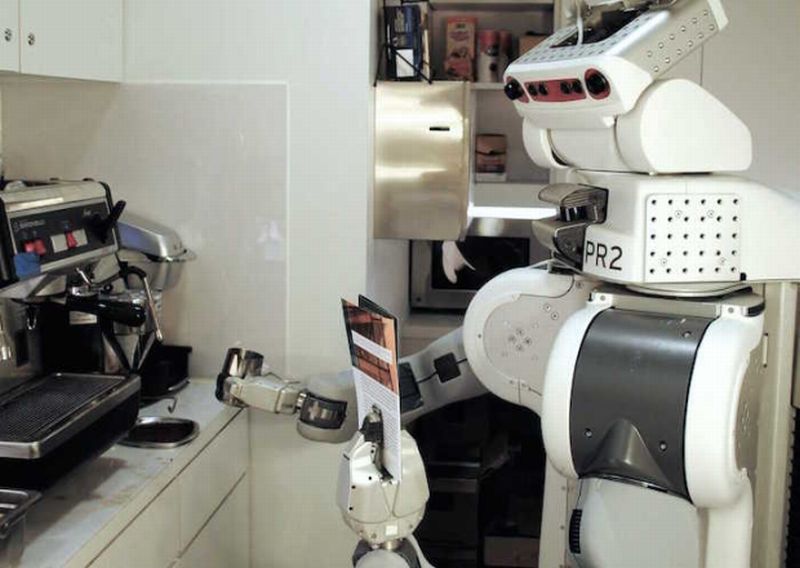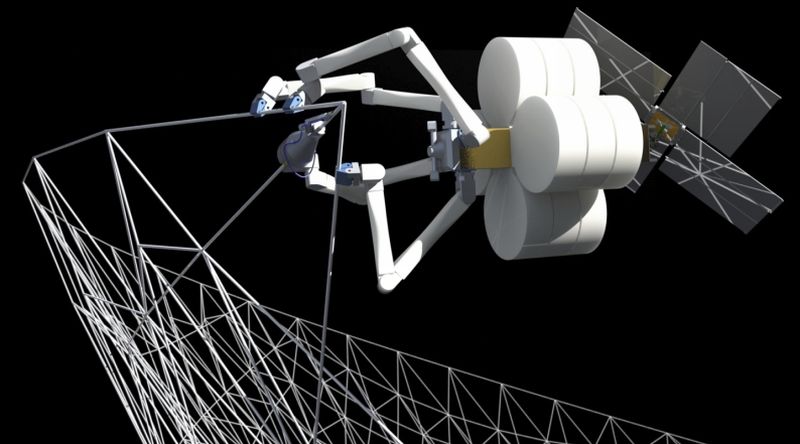Based on the vision systems of insects, researchers have created petite artificial eye for autonomous flying drones. This would make drones more practical by helping in smooth navigation, avoiding collision in restricted or cluttered areas.
Read MoreTag: futuretech
Green Future: PlasticRoads an Alternative to Tar and Asphalt road surfaces
Experts worldwide keep finding new ways to recycle plastic waste. Qualities like lightweight, moisture resistant, flexible and relatively cheap have increased production and consumption of plastic worldwide, but with so many benefits, comes disadvantages. Plastics do not decompose easily and are posing serious threat for the environment. From land to sea, everywhere plastic debris can be seen and is a major concern for the environmentalist.
Read MoreThe Spike S-512 Supersonic Jet: World’s Fastest Airliner with 1,370 mph Speed Limit
In an attempt of re-inventing the future of travel, Spike Aerospace has unleashed the world’s fastest airliner, the S-512 Supersonic Jet. Effortlessly, the S-512 is able to touch a supersonic gliding speed of Mach 1.6, which is around 1,220 mph while its upper limit is nearly the speed of 1,370 mph equivalent to that of Mach 1.8. The US-based aerospace engineering & design company affirmed that in order to concretize the concept, they are willing to shed $80 million. Upgrading travelling A similar concept called SABRE (Synergistic Air-Breathing Rocket Engine)…
Read MoreTesla Powerwall: Energy Storage System for a Sustainable Home
Elon Musk aka Tony Stark of the real life leave no stone unturned when it comes to denting the universe. He concretizes stuff which we can only dream off. His idea of privatizing space travel with Space X, revolutionizing conventional automobile mechanics by introducing electric cars via Tesla motors, his unconventional open tube transport system, the Hyperloop are not the ‘only’ examples of his unlimited desire for uplifting the future of humanity. He has now come up with an energy storage system for home users, called the Powerwall.
Read MoreHypersonic Air Vehicle soon to be a Reality: Supersonic Transportation
Scientists at the AFRL (Air Force Research Laboratory) in collaboration with the Pentagon’s research arm are working towards building an innovative hypersonic air vehicle. As the concept suggests, the team aims it touch up to Mach 5’s speed while transporting guidance systems and other materials.
Read MoreMicrofluidic device that mimics the actual Biological System: Alternative to Lung Ventilators
Technology that would help in fabricating vital characteristics of lung structures would lead to safer and promising alternative to specific types of respiratory and cardiac machines used for treating patients whose lungs have failed to respond due to disease or injury.
Read MoreBiosensing Chip for Remote Monitoring of Human Metabolism: Implantable Biomedical Device
Researchers at Ecole Polytechnique Federale de Lausanne (EPFL) Lausanne, Switzerland have developed a centimeter long biosensor chip that lays hidden under a patch of human skin and is communicated via smartphone. The chip tracks the concentration of molecules quantity like glucose, cholesterol and other drugs.
Read MoreElectronic long-term Memory Cell that Mimics Brain’s Processes: Artificial Neural Network
With an aid of an electronic multi-state memory cell, RMIT University’s scientists have pioneered not only the technology of emulating the processes of human brain but also its ability of storing good amount of information. The discovery is a giant step that would make them closer to fabricating a bionic brain. Mirroring human brain processes would help treating Alzheimer’s and Parkinson’s ailments claimed the team behind the discovery. Brain is like a complex analog computer Project leader Dr Sharath Sriram said that this is a ground-breaking development where they have…
Read MoreJahn-Teller Metals, the Newest State of Matter: Transition between Insulator and Conductor
An international team of researchers led by Kosmas Prassides of Tokohu University in Japan has surfaced a material that has combined intrinsic qualities of insulator, superconductor, metal and magnet. The team has asserted that this discovery would lead to the growth of new and efficient high-temperature superconductors.
Read MorePink slips to 90% employees: Robots will take over 30% our jobs by 2025
Experts predict that abilities of robots will expand exponentially and by 2025 smart machines will eclipse one-third of jobs. We are already witnessing some glimpse of the forecast in southern China.
Read MoreFingernail sized NailO controls Phone and Laptop: Wearable Technology
MIT researchers have developed a small fingernail sized trackpad, which they claim can control phone and computer, wirelessly. NailO, the input device is quite similar to stick-on nails fashion accessory. It gets attached on the user’s thumb, from where the control takes place by sweeping a finger in a particular direction over its surface.
Read MoreThe New BMW 7 Series: Remote parking via LCD Display
BMW’s 7 Series is the only sedan or extended-length limousine in BMW’s flagship car and it is about due for a redesign. The German automaker has already initiated testing some of its upcoming features that we might expect when the machine hits the shelves.
Read MorePR2 can prepare coffee autonomously: The Robo Barista
Researchers at Cornell have unleashed PR2, a robot that can prepare coffee autonomously. All the bot require is coffee maker of course and a manual of natural language instructions.
Read MoreSpiderFab: The Self-Fabricating Space Systems
Tethers Unlimited, an American aerospace company is busy making ‘SpiderFab’, a manufacturing system inspired by spider’s web making concept. The arachnids like robots are being built with an aim of placing gigantic objects and building big structures in orbit and beyond. For instance, these spider bots could be employed for constructing huge radio antennas, the extendible spacecraft booms, multiple solar panels, trusses and other multifunctional structures within the coming ten years as stated by Rob Hoyt, CEO and chief scientist of Tethers Unlimited.
Read MoreGraphene-based Light Bulbs hitting stores soon: A new era of LED Technology
LED light technology has again hit the spotlight but this time it is due to the wonder material, graphene. Consumers would soon be using graphene-based light bulbs. It is assumed that the dimmable bulb would help in reducing energy costs by ten percent and might come with a longer shelf life relatively. Although, it is expected that the cost might remain the same as is the conventional LED.
Read More
